Scientists have created a soft wireless implant that uses tiny flashes of light to send information straight into the brain, allowing animals to learn brand-new artificial signals.
Get the latest international news and world events from around the world.
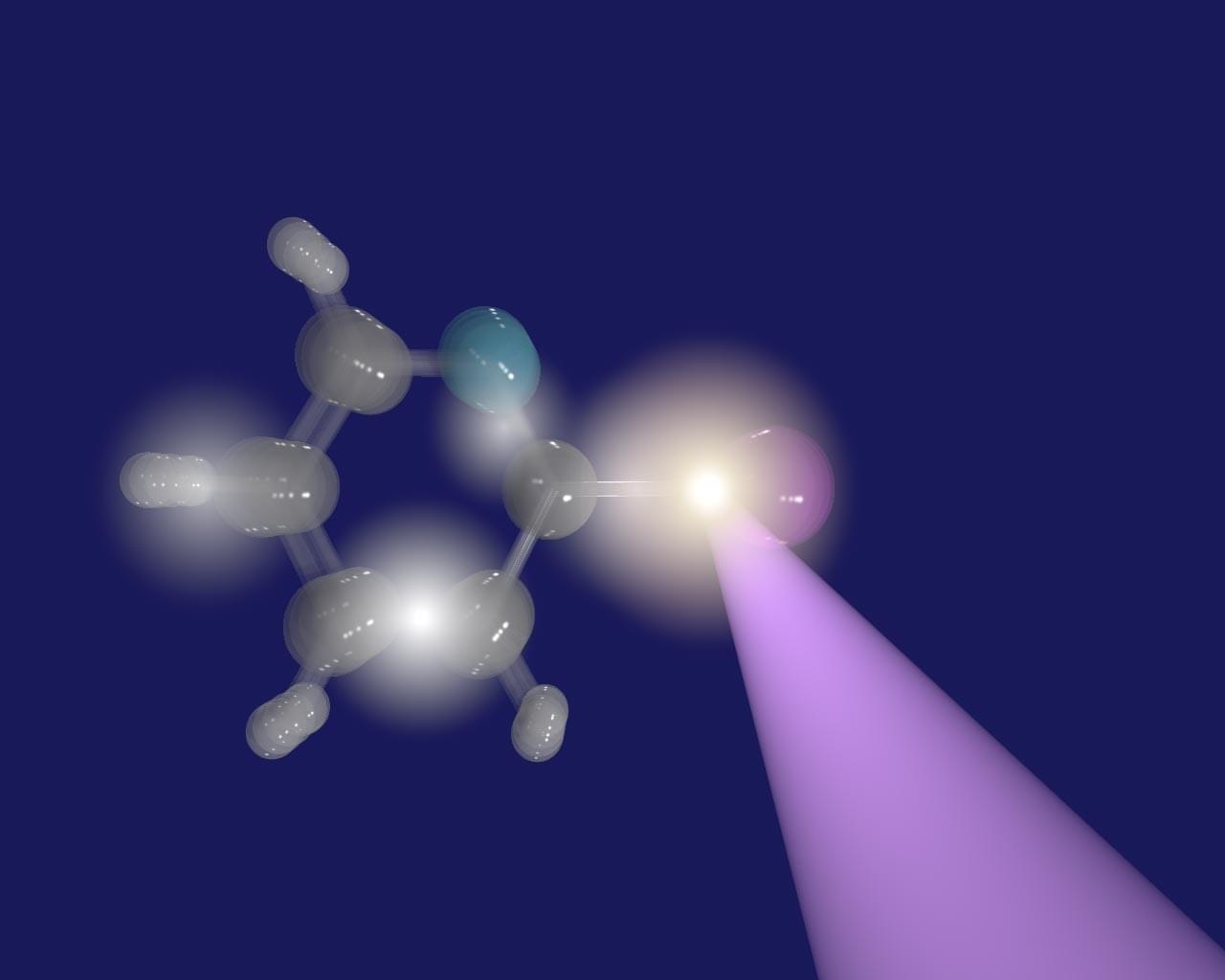
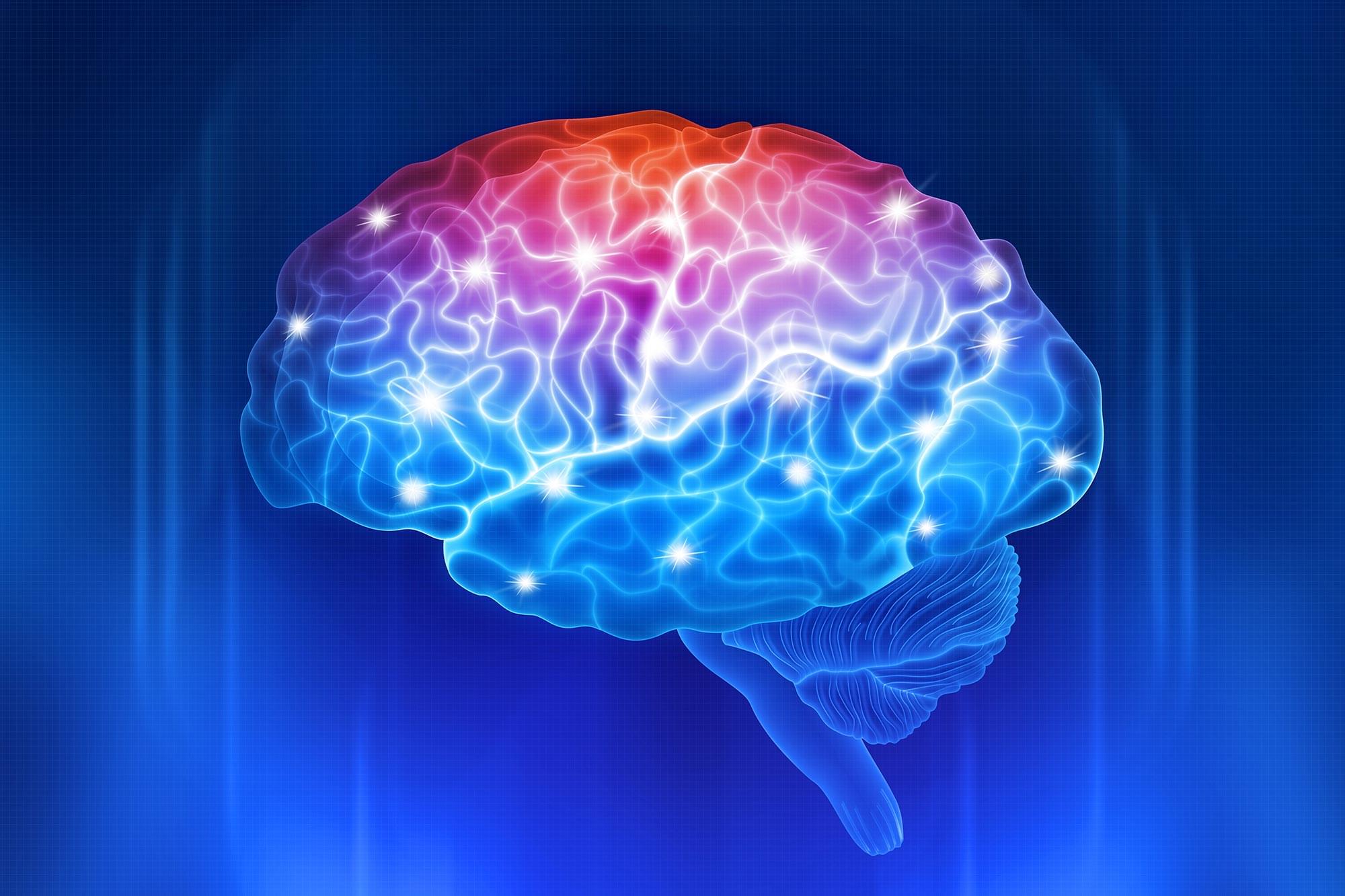


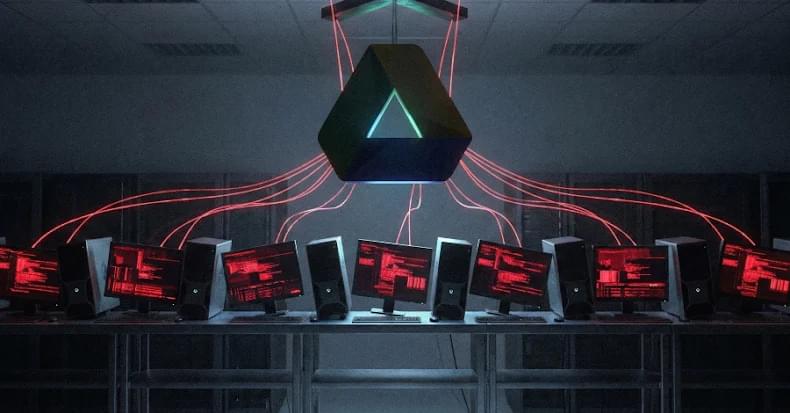
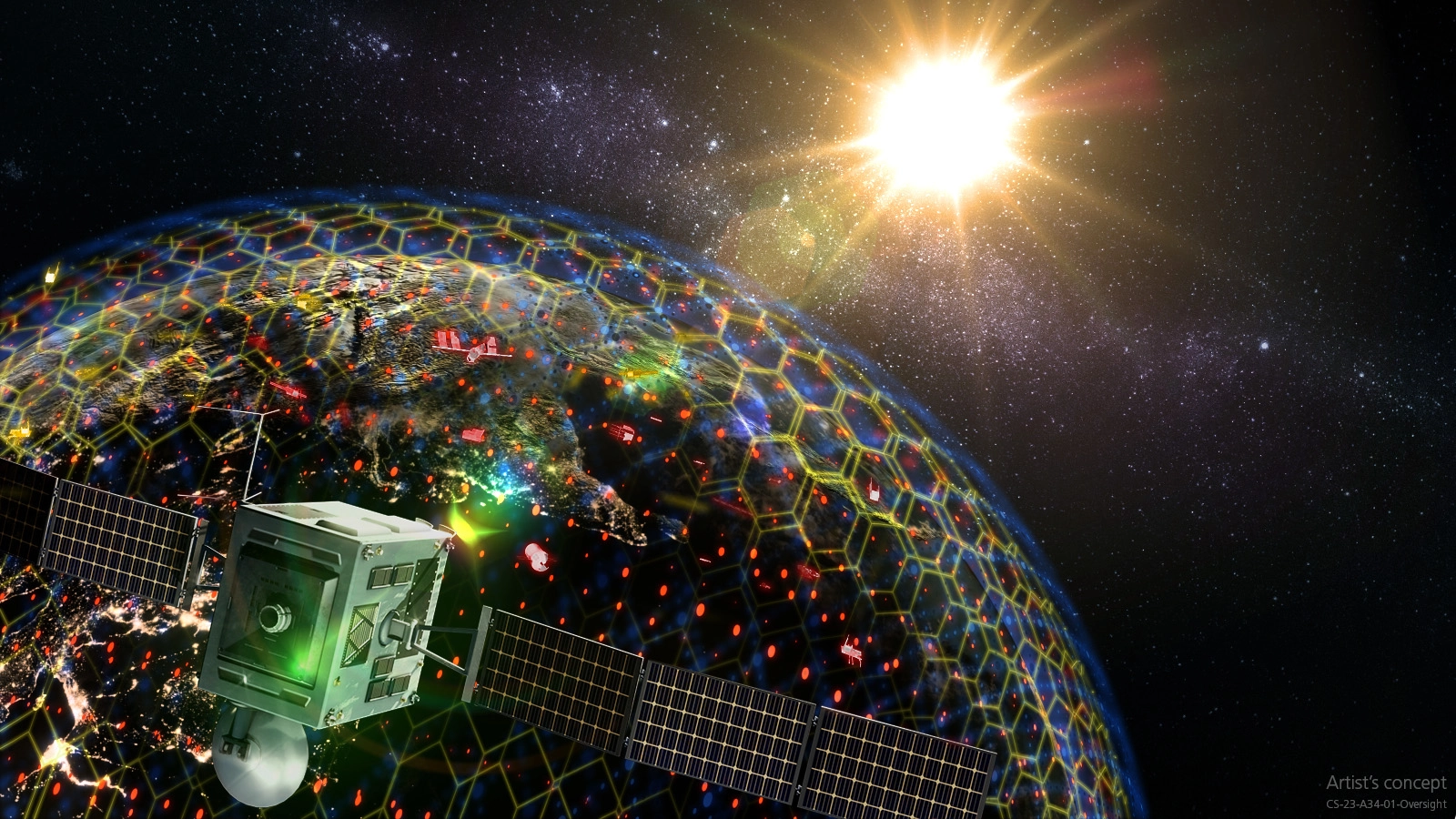

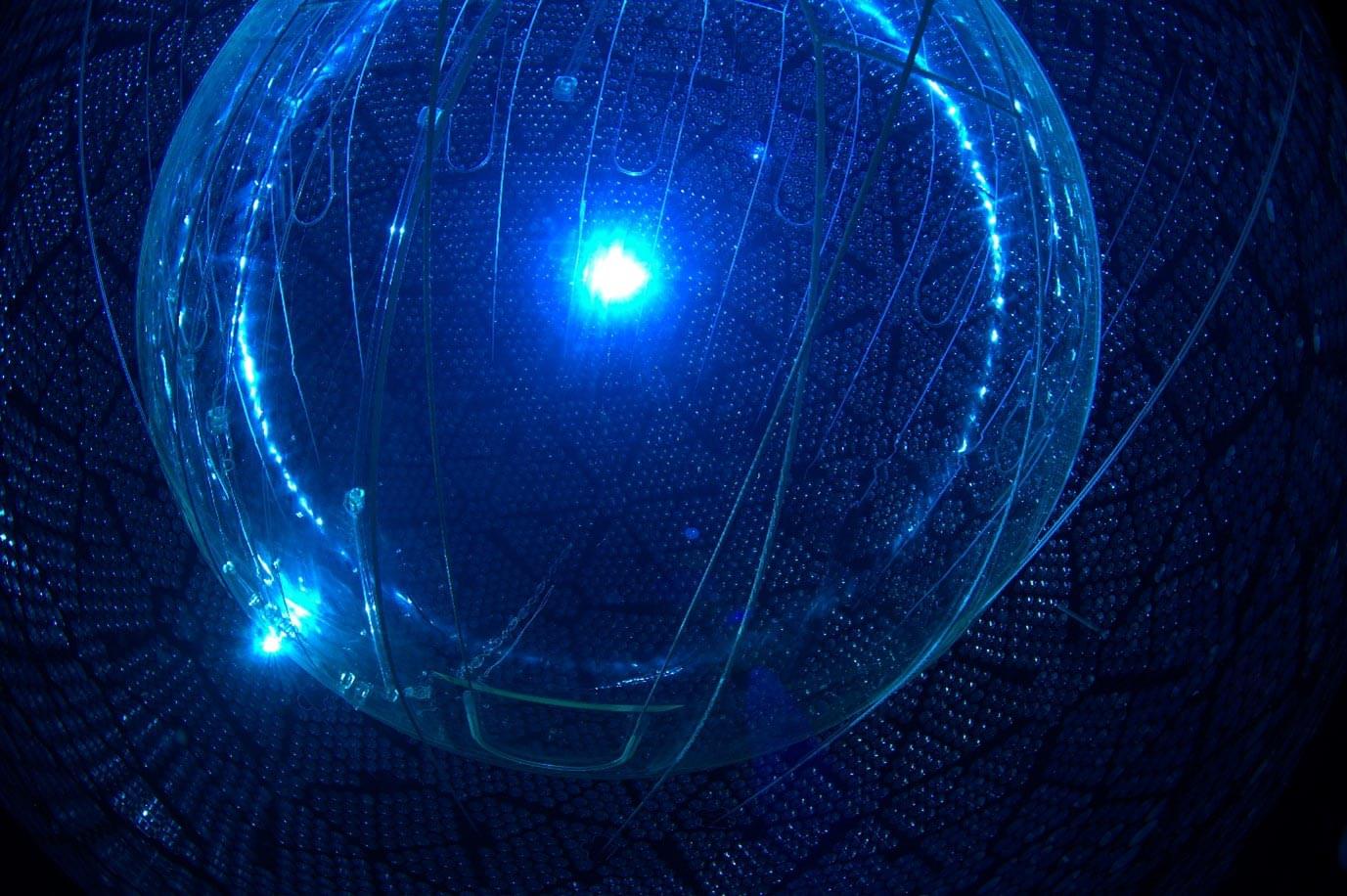

AI tool can detect missed Alzheimer’s diagnoses while reducing disparities
Researchers at UCLA have developed an artificial intelligence tool that can use electronic health records to identify patients with undiagnosed Alzheimer’s disease, addressing a critical gap in Alzheimer’s care: significant underdiagnosis, particularly among underrepresented communities.
The study appears in the journal npj Digital Medicine.